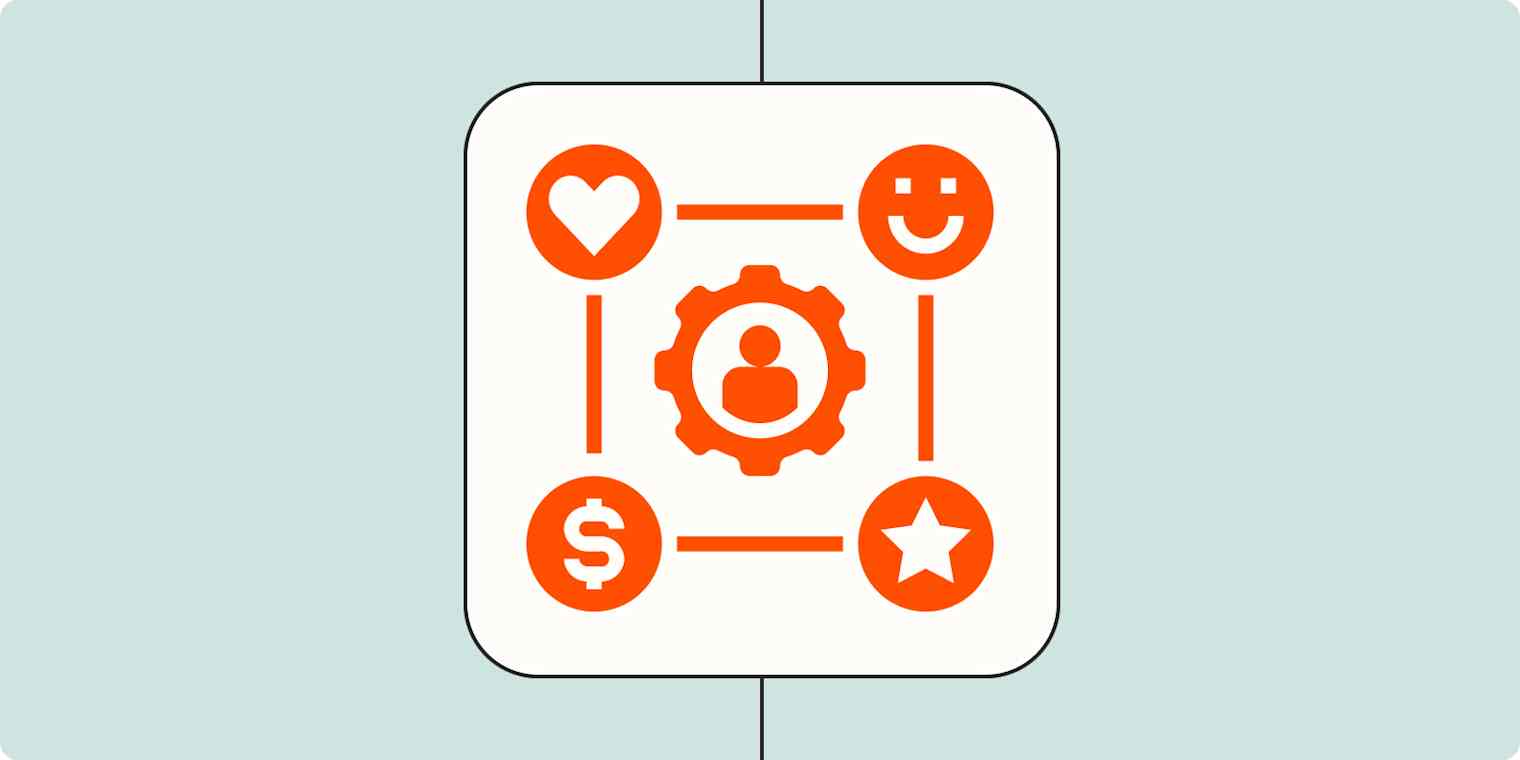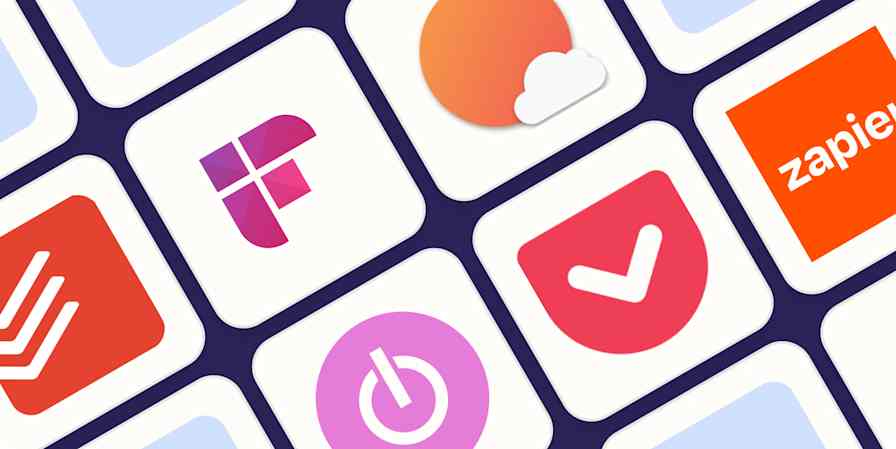App tips
7 min readWhat is a personal CRM—and should you use one?
By Anna Burgess Yang · January 23, 2025

Get productivity tips delivered straight to your inbox
We’ll email you 1-3 times per week—and never share your information.
mentioned apps
Related articles
Improve your productivity automatically. Use Zapier to get your apps working together.








